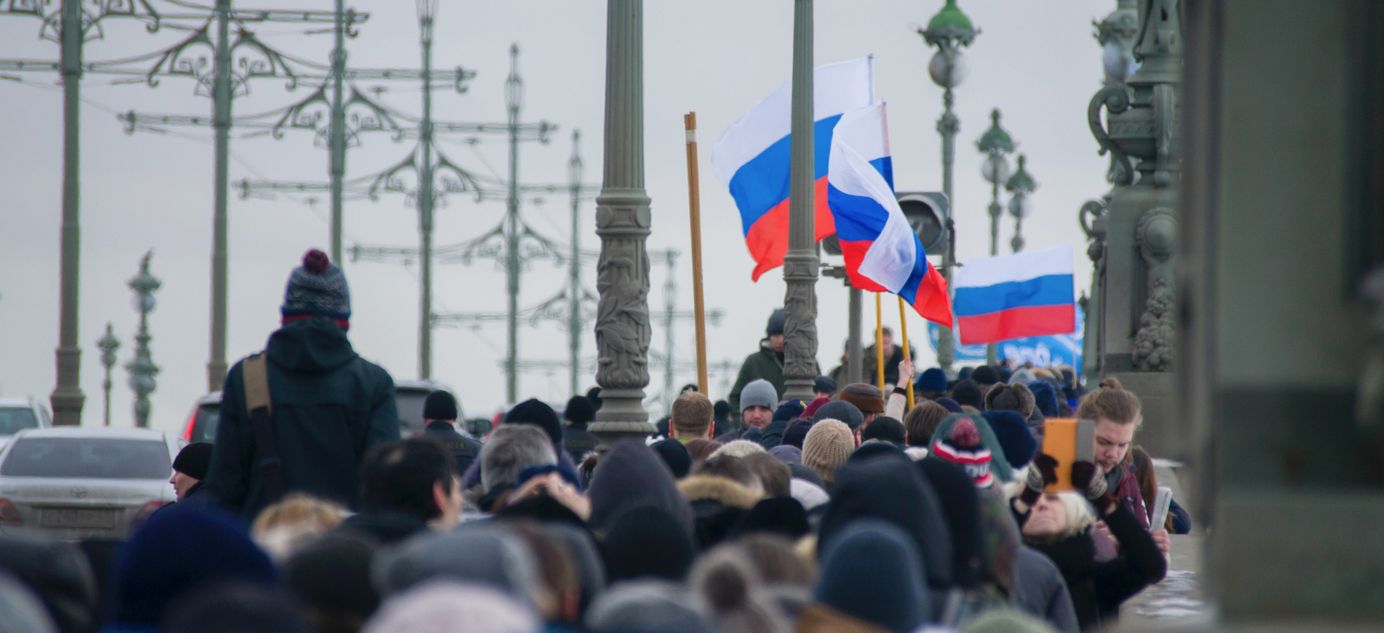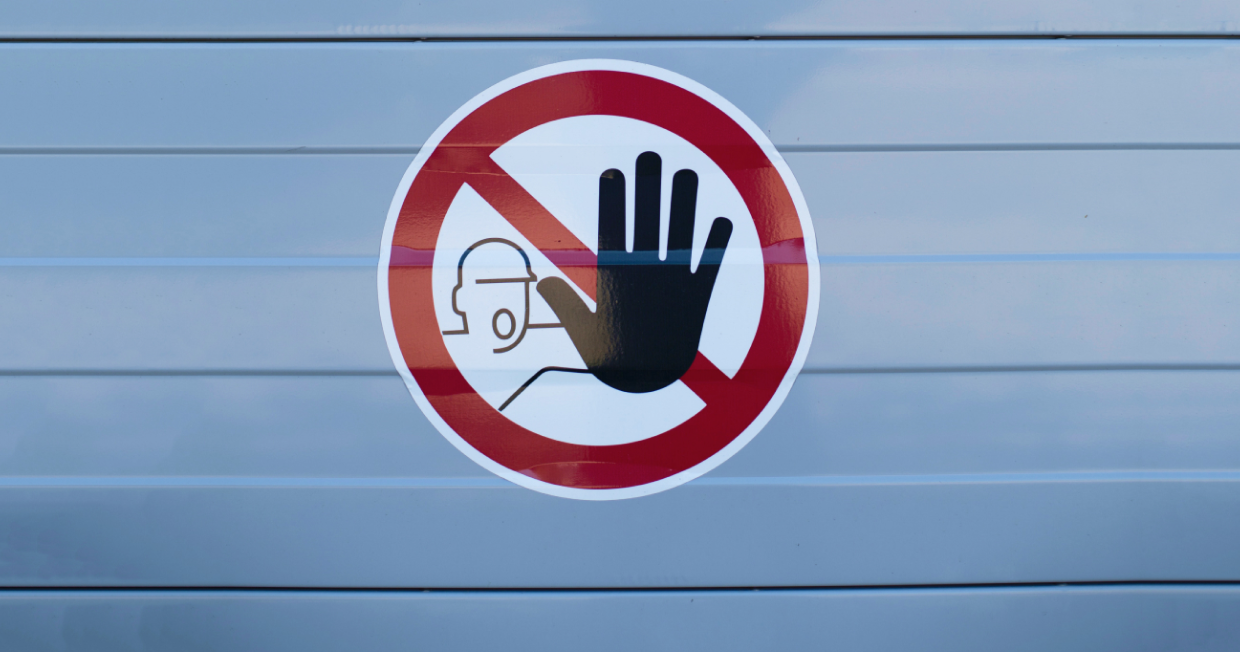
Putin’s got plenty of money to keep fighting
One of the main aims of Western sanctions against Russia is to reduce Russian President Vladimir Putin’s ability to pay for his war in Ukraine. Since the invasion, Russia has lost access to about half of its reserves of gold and foreign currency — while economic links between firms, in addition to supply chains, are undergoing a slow reconfiguration. The European energy market is also closed to the Kremlin. The European Union’s oil embargo and the G7 price cap on Russian oil has driven down the price of Urals crude. Russia now has to sell Urals at just $47 a barrel — a price that includes a discount of $30-40 depending on the buyer. Next week, the EU will impose an embargo on Russian oil products.
This article is a part of our new weekly newsletter which provides in-depth analysis of the Russian economy. Sign up here!

Despite all these restrictions, Putin has sufficient money to pursue his war for at least three more years — if things remain as they are. Russia has plenty of reserves of gold and Chinese yuan. Even if it becomes necessary to cut spending, military expenditure (like social spending) is ring fenced. In previous financial crises (2009-09, 2014-15 and 2020) the Finance Ministry managed to persuade Putin to cut spending — but, even then, military and social spending was unaffected.
Social spending is ring fenced by law and Russia’s budget is designed in such a way as to ensure that ring fenced expenditure is independent of oil and gas income. These outgoings are linked to “predictable” income streams, which are not at the mercy of the vagaries of the market. In 2023, the Finance Ministry anticipates ring fenced expenditures will need to rise by 0.5% of GDP to about 17.2 billion rubles (11.5% of GDP) and will stay at that level through 2024 and 2025.
Military spending and national security expenses are extremely unlikely to be reduced. According to a former official: “everyone knows that they cannot be cut, so at budget meetings even the Ministry of Finance does not often propose to reduce them.” Military expenditure is planned to be 9.5 trillion rubles (both military and national security) while social spending is set to be 7.3 trillion rubles.
Putin promised last month that there would be no reduction in military expenditure. “The economy is functioning: taxes are collected, businesses are adapting,” one federal official said. “We still have a piggy bank.” It is likely that, if there is another major financial shock, the government will choose to cut infrastructure spending — and implement infrastructure projects, instead, through quasi-state institutions like development banks.
Russia recorded a current account surplus of $227.4 billion last year. And most expect another surplus this year. Despite Western sanctions, Russia is still exporting a sizable chunk of its hydrocarbons. However, income from this will be substantially less that the authorities expected even a few months ago.
First, official forecasts do not fully reflect what exactly is going on. For example, the state budget includes 1.7 trillion rubles of revenue from the export of 125 billion cubic meters of gas. However, this is completely inaccurate — as Alexander Isakov from Bloomberg Economics pointed out in a post on the Cold Calculation Telegram channel. The macro forecasts also fail to take into account the explosion on the Nordstream pipeline, which happened just before the budget was submitted to the Duma in September. “If 90 billion cubic meters [of gas] are exported, that’s already a good result,” Isakov said.
On top of this, the state budget ignores caps on oil and gas prices and Russia may agree to gas discounts and payment deferrals for Turkey in 2022 and 2023 (Ankara is asking for as much as a 25% discount). “I value them at $29 billion and $42 billion respectively – we are talking about $18 billion,” wrote Loko Bank analyst Dmitry Polevoy.
Deficit
Russia on Monday extended a deferred payment of insurance premiums until 2024. In December, the budget deficit was 2.1 trillion rubles greater than planned — one of the reasons was that it was needed to pay off 772 billion rubles in deferred insurance premiums. How the government spent the remaining 1.3 trillion rubles is unclear. The decision to defer this month means these costs won’t be reflected in the budget until 2024, according to the Solid Figures Telegram channel. Thus, the budget deficit is likely to be 2.3% of GDP (officially, it is expected to be 2% based on oil prices of $70 a barrel).
A decrease of $10 in the average price of oil over the course of this year would cost Russia a total of about $15 billion, estimated Elina Ribakova, deputy chief economist at the IIF. Bloomberg Economics has even more conservative estimates: if Urals costs an average of $50, the deficit will increase to about 3% of GDP.
However, Russia has sufficient reserves of gold, yuan and euros to cover the deficit for the next three years. The sale of foreign currency could increase from 55 billion rubles this month to 120 billion rubles in February, Bloomberg estimated. Russia would burn through its entire reserves of yuan in a year if oil prices fell to $25 — but this is very unlikely.
Why the world should care
Even if there is a sharp fall in oil and gas revenues and the state’s other “piggy banks” are emptied, Russia’s military expenditure can still be taken from tax income. In such a worst case scenario, investment in economic development would likely be transferred to quasi-state institutions and Russians expected to tighten their belts.
Dear readers,
The war has completely changed our lives and our work. Journalists in Russia now face greater risks than ever before. Repressive new laws threaten up to 15 years in jail for objective reporting. More and more people — including the founder and editor-in-chief of The Bell — find themselves listed as “foreign agents.”
The Bell has never hidden its content behind a paywall or asked readers for money. We have always paid our way. However, in the new political climate, Russian independent media can no longer raise money through advertising. Our business model is in ruins.
We don’t want to have to charge a fee for our newsletters. However, if The Bell is to continue its work, we need your support.
You can make a donation here. It will help our journalists continue investigating stories, breaking news and publishing newsletters.
The paradox of import dependency
Russia’s economy is adapting to sanctions much better than most analysts expected back in the first half of 2022. There were widespread fears of empty shelves, shortages of consumer goods and shutdowns of entire industries after foreign companies refused to supply products. In spring, imports did drop significantly: at one time, the fall was greater than 40%. However, as early as July, they began to bounce back — and continued to do so.
Perhaps paradoxically, Russia was able to cope with this shock because of its limited involvement in global supply chains.
According to a study by the Central Bank (quoted by Econs.online), import dependency in Russia’s main industries (mostly intermediate goods and services) was no higher than the median level of 66 OECD countries (the researchers used the 2015-18 OECD import-export tables for their calculation). Thus, it was only critical in a few industries.
Across the entire economy, 61% of all imports came from countries that imposed sanctions against Russia. This figure ranges from 76% in finance to just 40% in clothing and textiles. This makes the picture appear worse than it is in reality — often, goods supplied by nations that imposed sanctions were able to be replaced with the same goods from countries that did not impose restrictions on Moscow.
The overall structure of exports and imports had not changed greatly by the end of 2022, according to Vladimir Ivin, deputy head of Russia’s Federal Customs Service. Although, he admitted, the proportions have altered. A significant amount of machinery and radio-electronics, for example, are now imported from China, Russia’s new biggest trade partner. Russia’s “parallel imports” scheme may have grabbed most of the headlines, but, in reality, it accounts for just a small part of the market.
However, even if Russia had a relatively low dependence on imports, their role in certain sectors was extremely significant. Russia’s automotive industry may have been close to OECD median import levels, but the withdrawal of foreign companies coupled with restrictions on imports saw production collapse 50%. From January to November 2022, the production of family cars fell 79%. In May, at the lowest point, production was down 97%.
The week’s key figures
Weekly inflation continued to slow, reaching 0.14%. Year-on-year inflation also continued to fall, and now stands at 11.5%. From the start of the year to Jan. 23, prices were up 0.53%, according to the Ministry of Economic Development.
The slowdown in inflation is a worry for the government because it suggests stagnating demand. This was a key question for Putin at his recent meeting with the government’s economic bloc (The Bell wrote more about that event here).
What to look out for next week
- Central Bank survey on inflation expectations (Tuesday)
- Central Bank bulletin “What the trends say” (Tuesday)
- PMI for January (Wednesday)
- Rosstat data on 2022 industrial production (Wednesday)
Further reading
- Russia’s Dependence on Import of Intermediate Goods (a Central Bank study looking at Russia’s dependence on imports of industrial goods and services)
- A Price Cap or Smoke and Mirrors? How Much does Russian Oil Actually Cost? (Sergei Vakulenko unpacks the current price of Russian oil)
- Russia Shifting Import Sources Amid U.S. And Allied Export Restrictions (Research by the Silverago policy acсelerator on the structure of Russian imports and how the country is continuing to access tech goods despite sanctions)
- Wagner Inc: a Russian Warlord and his Lawyers (A Financial Times investigation into how Putin’s ally and Wagner Group founder Yevgeny Prigozhin created a string of shell companies to support the operations of his mercenaries in Africa and Syria)
The author of this newsletter is one of Russia’s leading writers on this topic: independent economic analyst Alexandra Prokopenko. Alexandra worked as an advisor at Russia’s Central Bank and Moscow’s Higher School of Economics from 2017 to 2022 — and before that she was an economic journalist for Vedomosti, then Russia’s leading business newspaper. Today, Alexandra is a columnist at the Carnegie Endowment for International Peace. She holds an MA in Sociology from the University of Manchester.
Written by Alexandra Prokopenko, translated by Andy Potts




